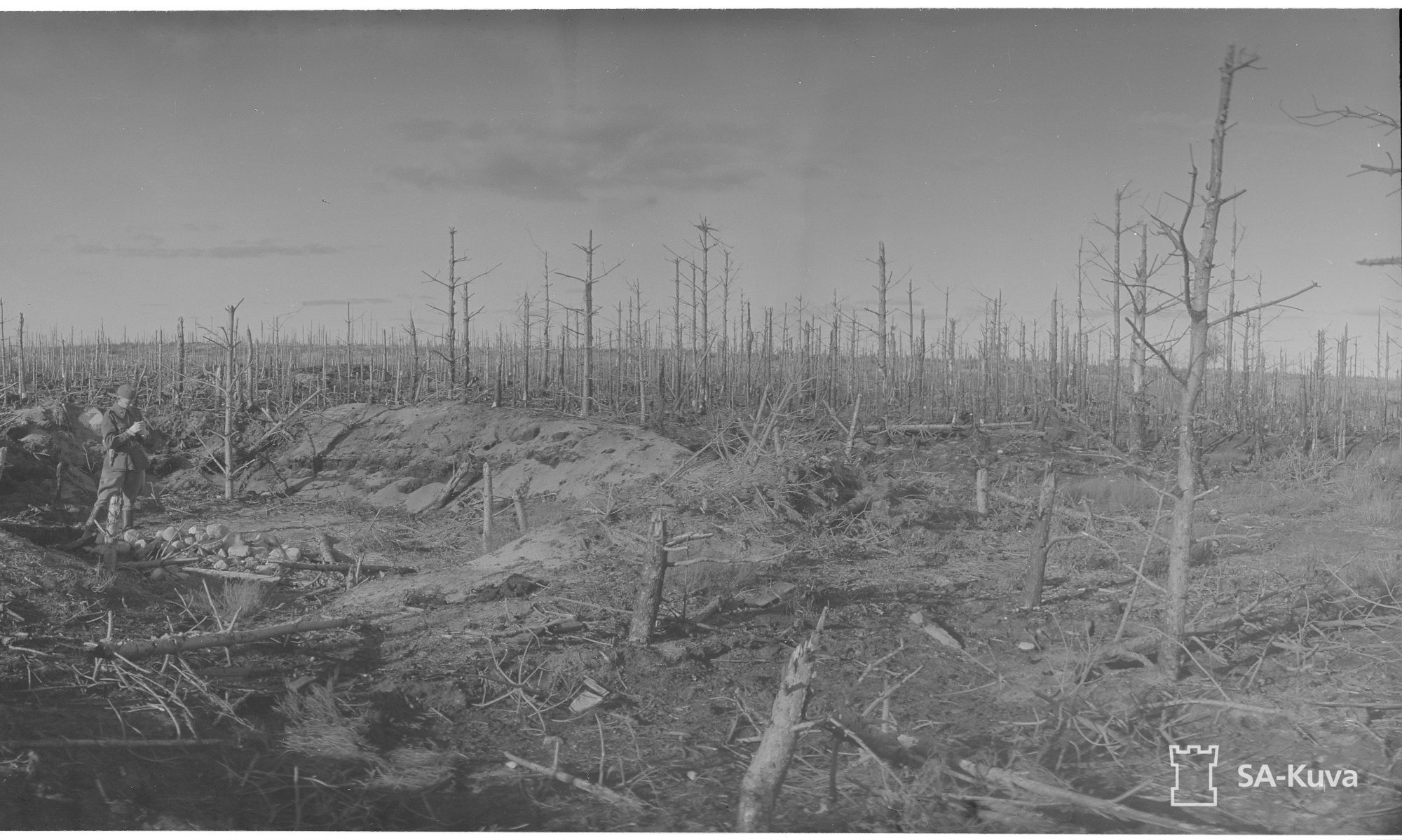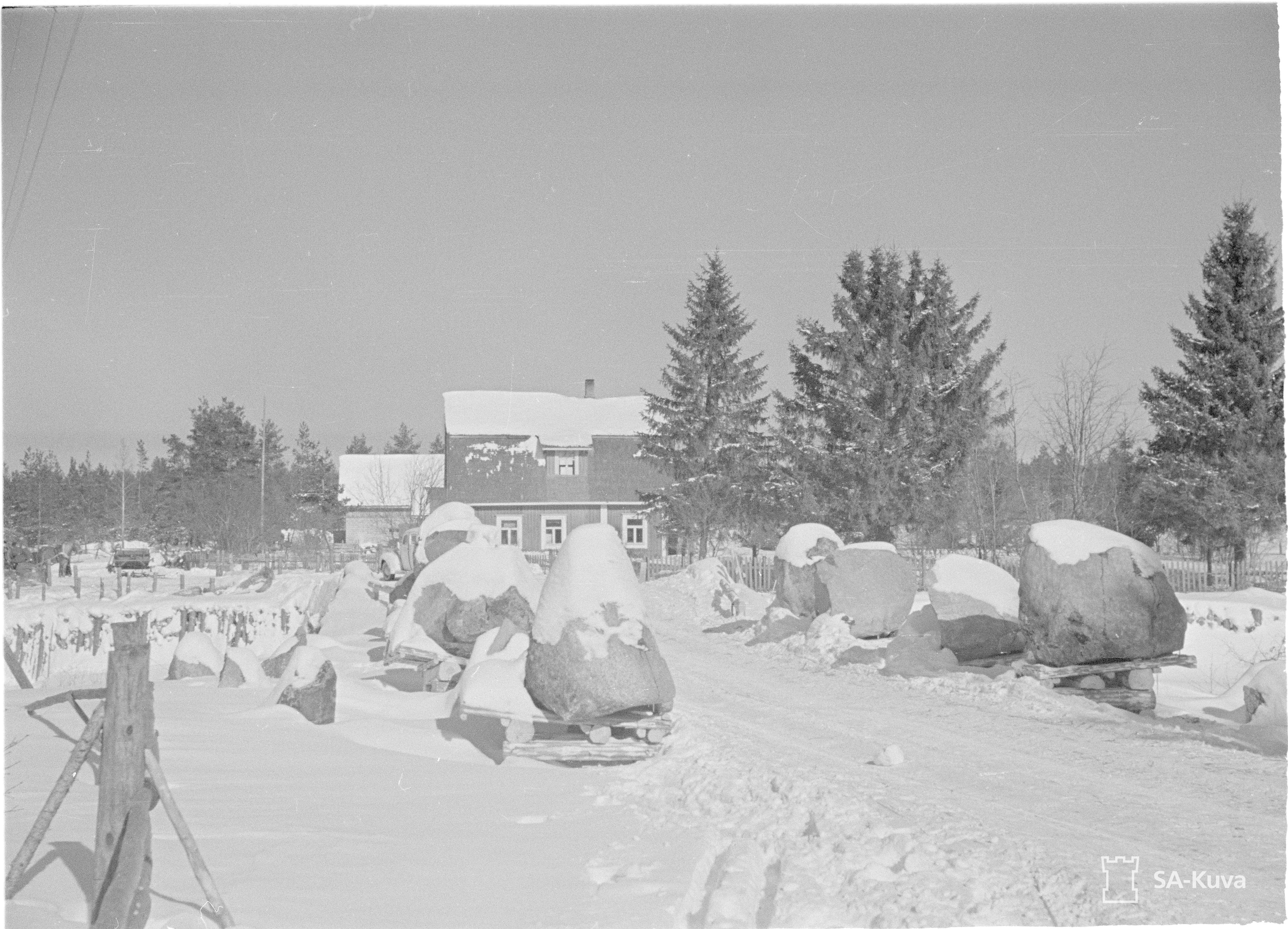
Mannerheim Line was the main Finnish defensive position in the commemorated Winter War 1939-1940 on the Karelian Front towards St. Petersburg. It was built in two main phases, in 1920-1924 and 1932-1939 – when the Winter War broke between Finland and Soviet Union, the line was by no means finished, and many of its defenses were outdated. Intermediate line (Väliasema) and rear line (Taka-asema) in the map below were defensive positions behind the Mannerheim Line.
Mannerheim Line got a fabled position in the aftermath of the Winter War in the Soviet lore of war in 1940-1941, as the Soviet propaganda exaggerated its strength and structures and importance for stopping the Soviet advance. However, this “Legend of Mannerheim Line” was overrun in Soviet Union by the remembrance of “Great Patriotic War” following Hitler’s attack on Soviet Union in 1941, and has done so until the past decades, when the memory and importance of Winter War has been rejuvenated in Russia.
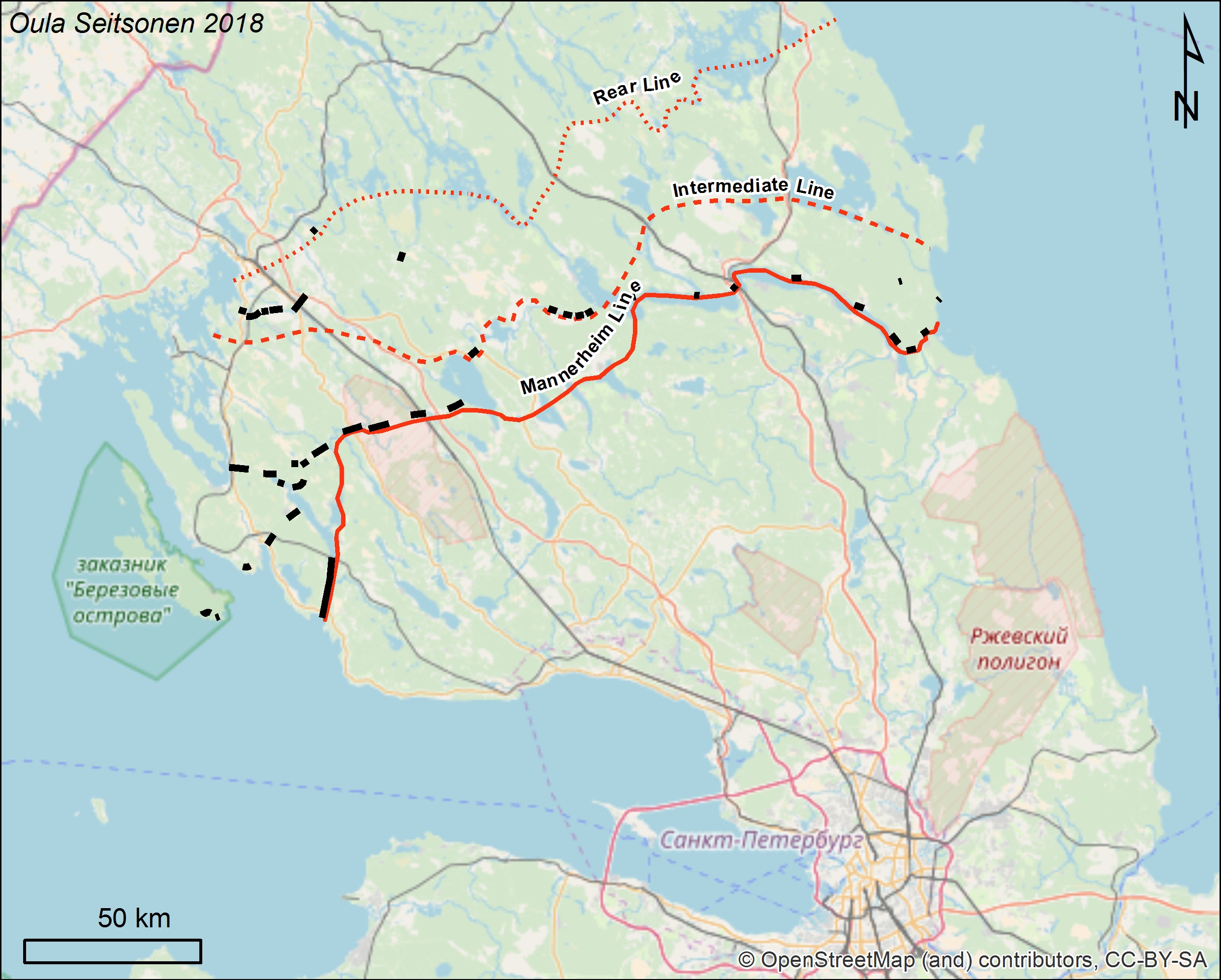
Below is listed literature and some links to internet sites where you can read more about the history of Mannerheim Line.
Literature:
Arimo, Reino 1981. Suomen linnoittamisen historia 1918 – 1944. Otava, Helsinki.
Geijer, B.G. 1955. Talvisodan Taipale. Tutkimus sitkeästä puolustuksesta. WSOY, Helsinki.
Irincheev, Bair 2009. The Mannerheim Line 1920–39: Finnish Fortifications of the Winter War. Fortress 88. Osprey, sine loco.
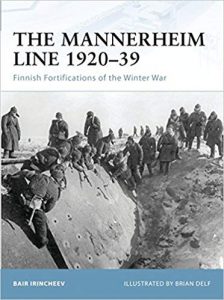
Irincheev, Bair 2010. Talvisodan kadonneet kuvat. Vinterkrigets okända bilder. Финская воина: забытые кадры. Winter War: Forgotten images. Avrora-design, sine loco.
Laaksonen, Lasse: Todellisuus ja harhat — Kannaksen taistelut ja suomalaisten joukkojen tila talvisodan lopussa 1940. Ajatuskirjat, Helsinki.
Leskinen, Jari & Antti Juutilainen 1999. Talvisodan Pikkujättiläinen. WSOY, Helsinki.
Raunio, Ari & Kilin, Juri 2005. Sodan taisteluja 1. Talvisota. Weilin+Göös, Porvoo.
Raunio, Ari & Lantz, Mikko 2015. Kannaksen sotakartasto. Karttakeskus, Helsinki.
Sorko, Kimmo 2003. Linjoja ja linnoituksia. Osa 1. Kopijyvä, Jyväskylä.
Sorko, Kimmo 2004. Suvannon salpa. Minerva, Jyväskylä.
Sotatieteen laitos 1977. Talvisodan historia 1. Sotatieteen laitoksen julkaisuja XVI:1. WSOY, Porvoo.
Sotatieteen laitos 1978. Talvisodan historia 2. Sotatieteen laitoksen julkaisuja XVI:2. WSOY, Porvoo.
Uitto, Antero & Carl-Fredrik Geust 2006. Mannerheim-linja. Talvisodan legenda. Ajatuskirjat, Helsinki.
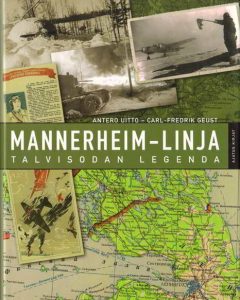
Links:
Song of Mannerheim Line by Matti Jurva and Heinz Munsonius Kristalli Orchestra 1940:
Mannerheim-linja – Wikipedia
Mannerheim-linja oli kantalinnoitettu puolustuslinja, joka kulki Karjalankannaksella Laatokalta Suomenlahdelle. 132 kilometriä pitkä linja oli talvisodan merkittävimpien taistelujen paikka ja saavutti kansainvälisessä lehdistössä suuren maineen.
Mannerheim-linja
Uutiskuvia talvisodan ensimmäisistä viikoista eri rintamalohkoilla. Kestääkö 140 kilometrin pituinen Mannerheim-linja Karjalan kannaksella?
Mannerheim Line – Wikipedia
The Mannerheim Line ( Finnish: , Swedish: ) was a defensive fortification line on the Karelian Isthmus built by Finland against the Soviet Union. During the Winter War it became known as the Mannerheim Line, after Field Marshal Baron Carl Gustaf Emil Mannerheim. The line was constructed in two phases: 1920-1924 and 1932-1939.
History of Mannerheim Line – Northern Fortress
Photos and descriptions of installations of Finnish Mannerheim Line or Enkel defence line on Karelian Isthmus built in 1920-30-s as a defence against Soviey Union. The Finns began to think about strengthening their southern border ever since the 1918 Civil War. The first plans of defence lines were worked out at that time.
Mannerheim Line
GlobalSecurity.org is the leading source for reliable military news and military information.
